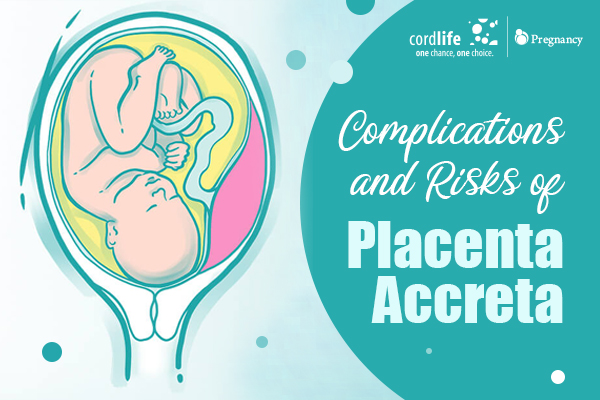Table of Contents
The placenta, which is a temporary organ, develops in your uterus to support your growing baby. It’s one of your baby’s lifelines while they are in your womb, as it’s the connection between your baby and your blood supply. While the placenta is fully formed by the 20th week of pregnancy, it’s considered to be at its most mature state by the 34th week.
In order to perform its functions, the placenta attaches itself to your uterine wall and detaches during childbirth. However, if the placenta attaches itself too deeply into the uterine wall, it’s called placenta accrete. It’s a rare condition, but it can cause severe complications during pregnancy and delivery. This article will help you understand what can happen if you’re diagnosed with placenta accreta, but first, you need to know the specific types of this condition.
Placenta Accreta
While the placenta is firmly attached to the uterine wall, it hasn’t passed through it.
Placenta Increta
In this condition, the placenta is more deeply attached to the uterine wall and the uterus’ muscular wall.
Placenta Percreta
In some cases, the placenta goes further and attaches itself to other organs like the intestines or bladder.
Symptoms of Placenta Accreta
The condition is often not detected during pregnancy as the symptoms don’t show up. However, some women will experience vaginal bleeding without pain during the third trimester. If this does happen to you, you should consult your doctor right away. Since bleeding is also a symptom of placenta previa (where the placenta covers your cervix), your doctor will conduct an ultrasound to determine the cause accurately.
If diagnosed early, your doctor can ascertain the best treatment options to protect your baby and avoid any complications during delivery. An MRI may also be required if the ultrasound results are ambiguous.
Risks of Placenta Accreta
While the cause of placenta accreta is not certain, you can be at risk of developing it if you match any of the below conditions:
- A prior uterine surgery that has scarred the uterus. These include a C-section, removal of uterine fibroids, uterine artery embolization or endometrial ablation.
- Prior pregnancies can also cause this condition.
- A pregnancy post 35 years.
- If you have placenta previa, you’re at a higher risk of developing placenta accreta.
Complications of Placenta Accreta
If untreated or undiagnosed, this condition can cause some severe complications during pregnancy or delivery.
- Increased vaginal bleeding if the placenta tears during delivery
- Lung or kidney failure
- Premature labour
Your doctor may suggest leaving the placenta intact in your uterus, as it can dissolve over time. However, this can lead to future complications like:
- Severe vaginal bleeding
- Infections
- Blood clots can block arteries in your lungs
- Hysterectomy
- Miscarriage or premature birth in future pregnancies
Treatment of Placenta Accreta:
This can differ from woman to woman as every case of this condition is unique. While it can’t be completely cured, it can be managed to not lead to any severe complications.
If diagnosed early, your doctor may recommend a C-section and even a hysterectomy to remove all or part of your uterus. Depending on the severity of the condition, the C-section could be performed before or at full term. An amniocentesis test will help your doctor determine the best time for a C-section.
In order to speed up the development of your baby’s lungs and organs, your doctor may also prescribe corticosteroids.
As long as the condition is diagnosed early, treated with the proper medical care and attention, you can still deliver a healthy baby and recover without any long-lasting complications.
